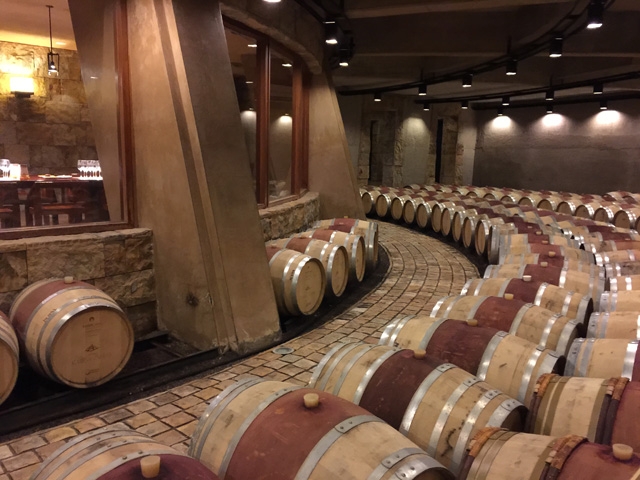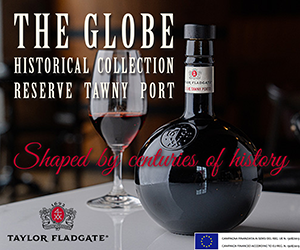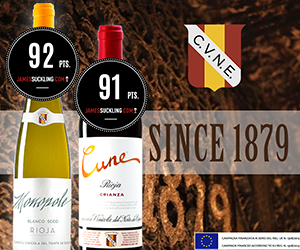2022 was an exceptional year at Catena Zapata from every possible qualitative standpoint.
Throughout Mendoza, both in the Primera Zona (closer to Mendoza city) and the Uco Valley, the wines have optimal acidity, great concentration and ripeness of polyphenols, and just-right (not too high) alcohol levels.
Alejandro Vigil, Catena’s Head Winemaker, says: “The best year I have lived through.”
Yet, it was a roller-coaster year with two significant frosts and a shorter time between the beginning and end of harvest, which required great dedication and endurance from all our staff at the vineyards and winery. Because weather patterns were so unpredictable, the 2022 vintage required deep knowledge of every region and vineyard. For example, the Adrianna Vineyard in Gualtallary was cooler than in other years, whereas the temperatures in our Nicasia Vineyard in Altamira (Southern Uco Valley) were higher than usual. In general, there was less rain in the Uco Valley (which contributed to lower humidity and two big frosts) but more rain in the East of Mendoza. Needless to say, we had a particularly festive end-of-harvest winery asado (barbecue). Everybody was quite relieved that we had made it through.
The winter was milder than usual, making outdoor life particularly pleasant; we were grateful given the on-and-off COVID restrictions. A few big snowstorms over the winter made us vintners and the Mendoza skiers happy. Glacier water was critical this year. The summer and spring were especially dry, with 15-40% less rain in most areas.
A dry spring led to several frosts in the Uco Valley that were generally remedied by the lighting of anti-frost cans. Yields were about 10-20% lower than usual by harvest time. Thanks to the abundant glacier water, we could maintain a healthy canopy and yields were not reduced beyond the effects of frost. We are not sure why, perhaps because Malbec is the variety usually most affected by frost, but this year we harvested Cabernet Sauvignon earlier than Malbec, which is unusual. Both had optimal ripeness and sanitary conditions (i.e., no rot and little need for copper sulfite spraying).
We were fortunate for the early Malbec and Cabernet Sauvignon harvest during the last two weeks of March because when a late-season frost hit on March 30 and 31st, we had already finished harvesting in the Uco Valley. So it was particularly helpful that climatologists announced the frost 5-6 days early, giving us time to finish harvesting all our cool-climate vineyards.
With cooler temperatures than usual, the autumn allowed the grapes to ripen slowly and fully, especially in areas with naturally low yields. During the ripening months of February and March, temperatures were also lower than usual, contributing to the exceptional concentration and balance.
Prepared by Dr. Laura Catena, Chief Winemaker Alejandro Vigil and Viticulturist Luis Reginato

 quicksearch
quicksearch






